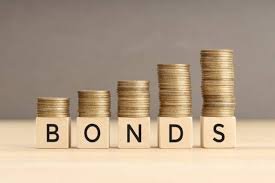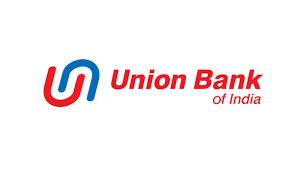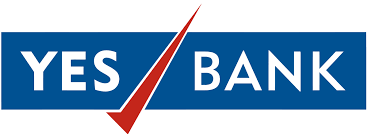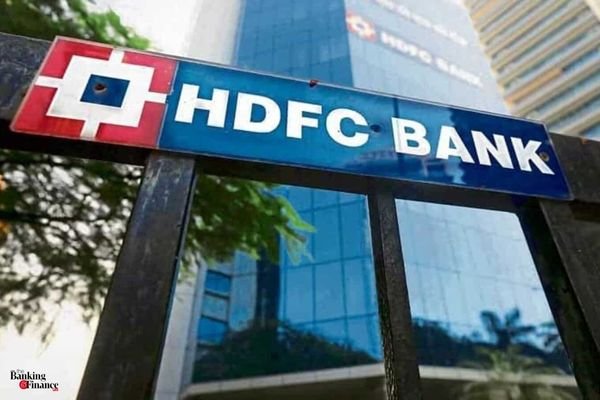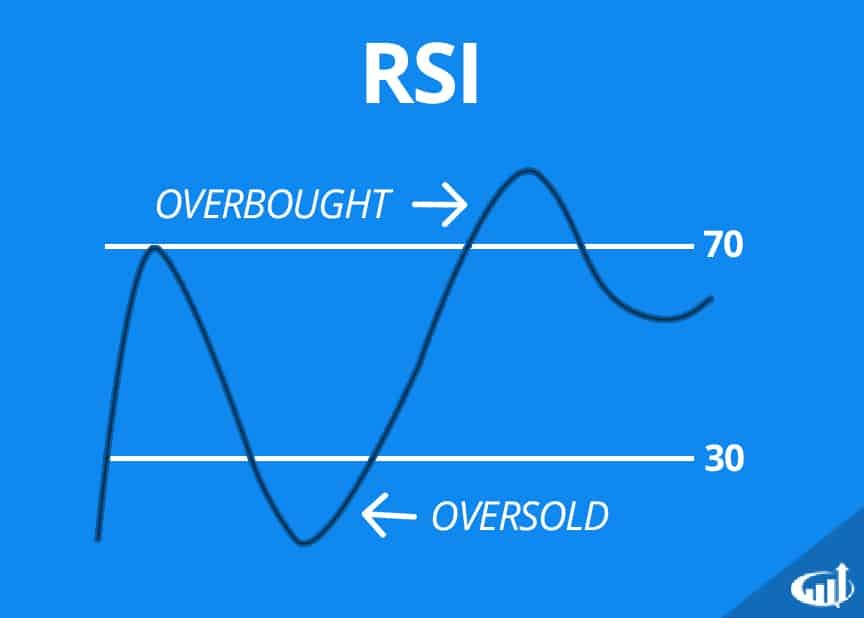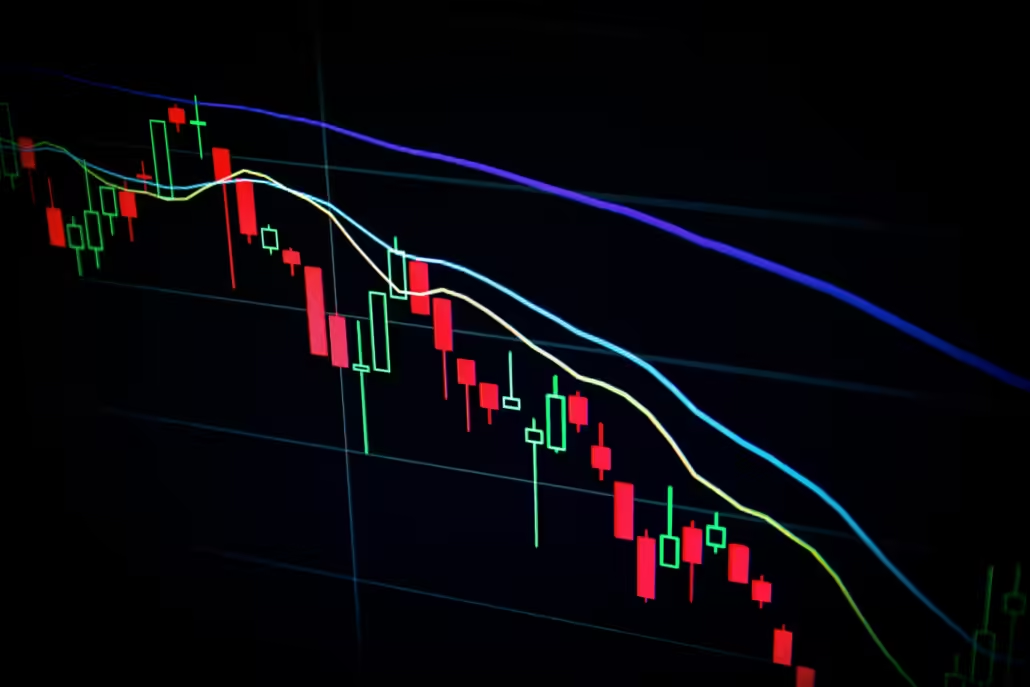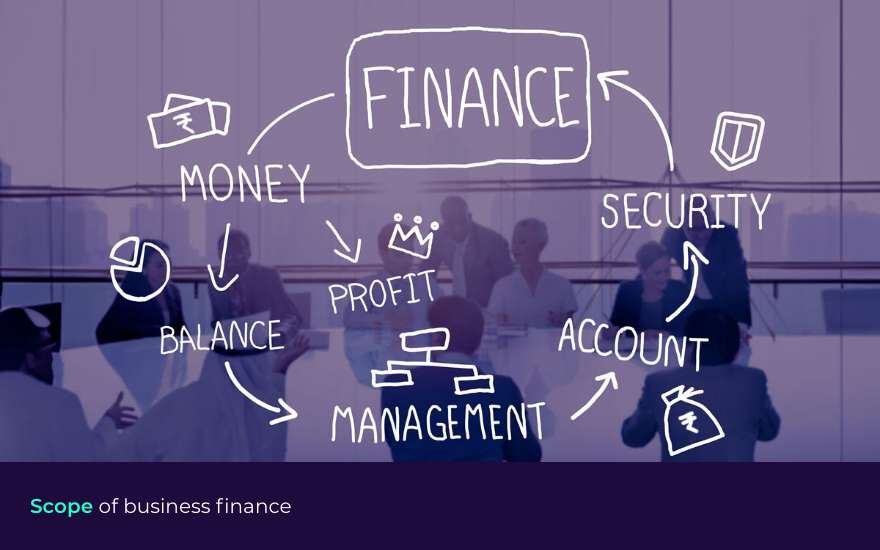Key point and highlights of 3.0 budget
On 23/7/2024 FM presented the union budget for the FY23-24.Here are the key points to takeover and highlights’ of the budget.
Read more to understand the key points.
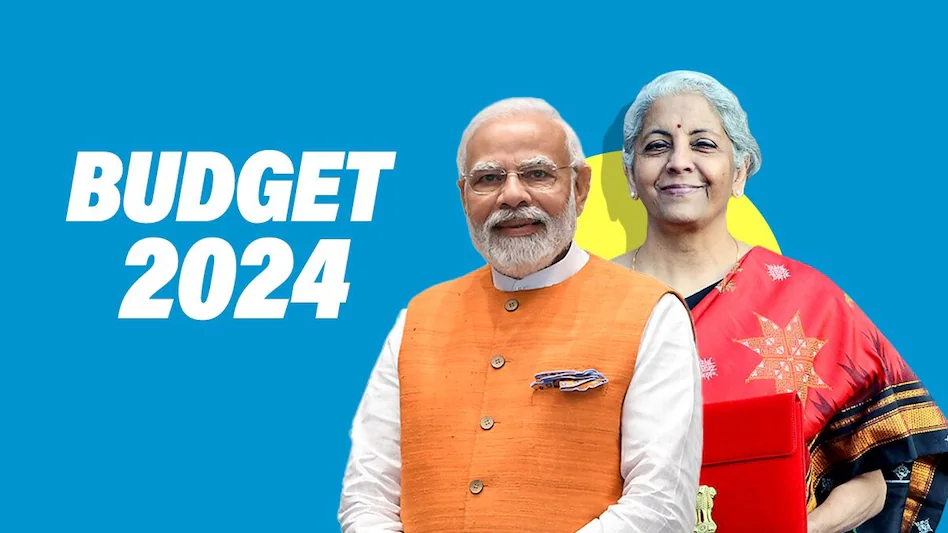
Taxation Updates(- impact the stock market)
• Limit of exemption at capital gains proposed at Rs 1.25 lakh a year
• STT on F&O hiked to 0.02% and 0.1%
• Corporate tax rate on foreign companies reduced to 25%
• Limit of LTCG hiked from 10% to 12.5%
• Short term gains on certain financial assets will be 20 percent, rest is applicable tax rate
• Long term capital gains will be 12.5 percent
• Listed financial assets held for more than a year will be classified as long term
• TDS rate on e-commerce operators to be reduced to 0.1 percent from 1 percent
• Tax rate of 20 per cent on certain assets. Rest to attract applicable rates
• Listed financial assets held for more than a year will be classified as long term
• Unlisted bonds and debentures, irrespective of holding period, to attract CGT as pwer applicable rates
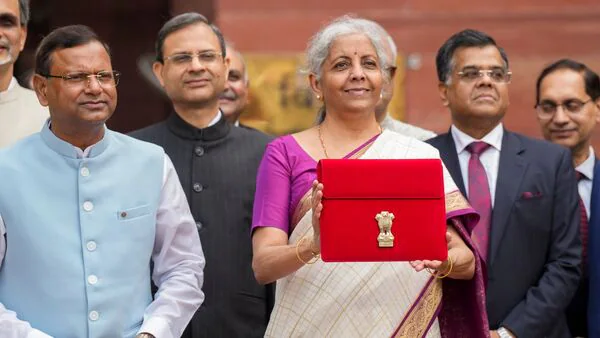
Impact on Direct tax payers
- Abolishment of Angel Tax announced for all classes of investors
• Professionals in MNCs who get ESOPS and then invest in movable assets abroad of up to Rs 20 lakh decriminalized / non-penalized
• Under new tax regime, standard deduction hiked to Rs 75,000 from Rs 50,000
• Deduction on family pension for pensioners to be enhanced to 25K Rs
• Salaried employee will save Rs 17,500 in income tax
New tax regime Tax rate structure to be revised as follows:
• 0-3L — 0%
• 3-7 L — 5%
• 7-10 L — 10 %
• 10 – 12 L — 15 %
• 12 – 15 L — 20%
• over 15 L — 30%

IMPACT ON PARTICULAR SECTOR-
- POSITIVE FOR SOLAR PANEL ASSEMBLERS Solar energy: Expand the list of exempted capital goods used in mfg. of solar cells, panels.
- ADDITIONAL 30M HOUSES FOR AFFORDABLE HOUSING SCHEME.
Additional 30m Houses For Affordable Housing Scheme.
- Grants For Backward Regions Of AP TO Be Provided As Per AP Reorganization Act Concerted Efforts Made To Fulfill Commitments Under AP Reorganization Act
- To Announce Credit Guarantee Scheme For MSME In Mfg. Sector and
To Bring MSME Credit Guarantee Scheme For Collateral-Free Loan.
- PSU Bank will built Their Own in house capability To Access MSME for Credit Instead of relying on external assessment.
- Rs 2.66t To Be Provided For Rural Development.
-
Enhanced Mudra Loan Limit To 20 Lakhs From 10 lakh(for TARUN category).
- Credit Support To Small And Medium Businesses During Stress Period.

Development of infrastructure.
- SIDBI Branches In MSME Clusters To Be Expanded In Next 3 Yrs To Provide Direct Credit E-Commerce Hubs Will Help Facilitate Trade & Export Related Services Under One Roof.
- Internship Allowance Of ₹5,000/Month & 1-time Assistance Of ₹6,000 To Be Given.
- TO ALLOCATE 10TRLN RUPEES FOR URBAN HOUSING.
-
Free electricity program via solar panels was announced for 100,000 households.PM Surya Ghar Free Electricity Scheme for 1 Cr House.
- Govt to partner with private sector for Bharat Small Reactors for harnessing nuclear energy.
- This year , 11.11 Lakhs Cr For capex , That’s 3.4 % Of GDP
-
India Plans 800mw Ultra Super Critical Thermal Power Plant.







